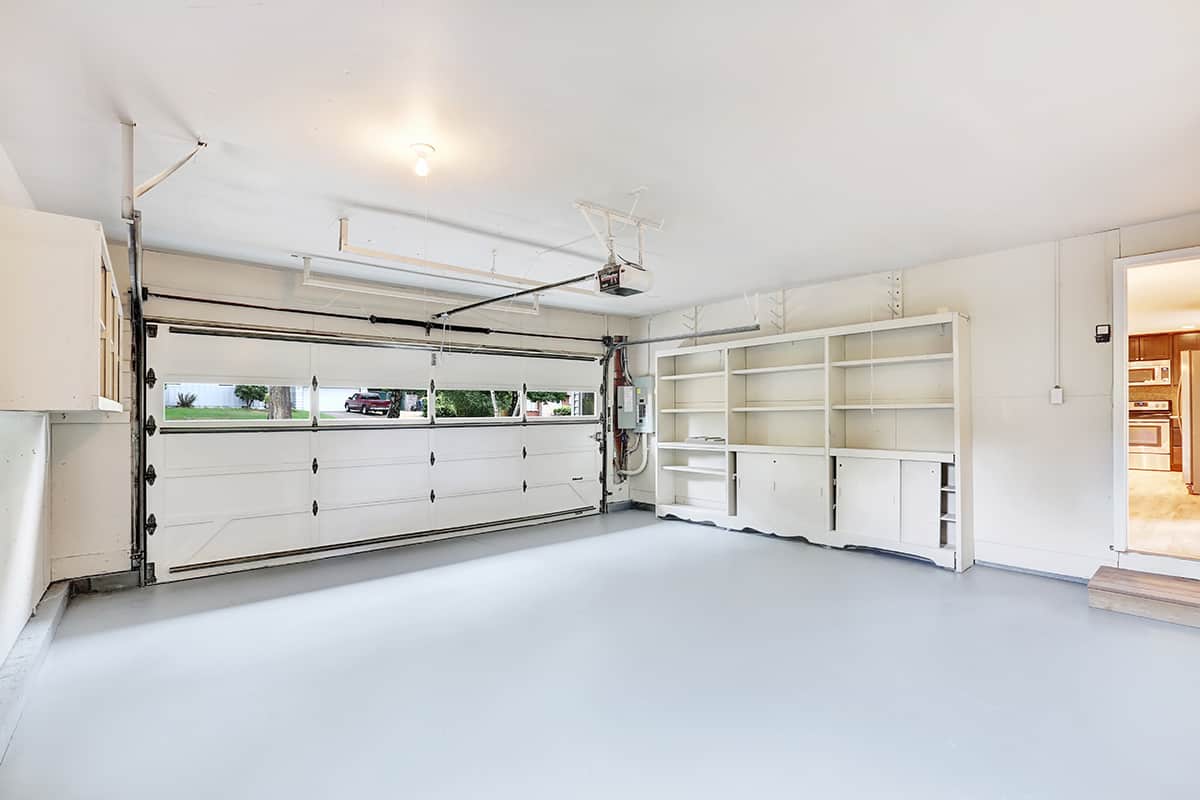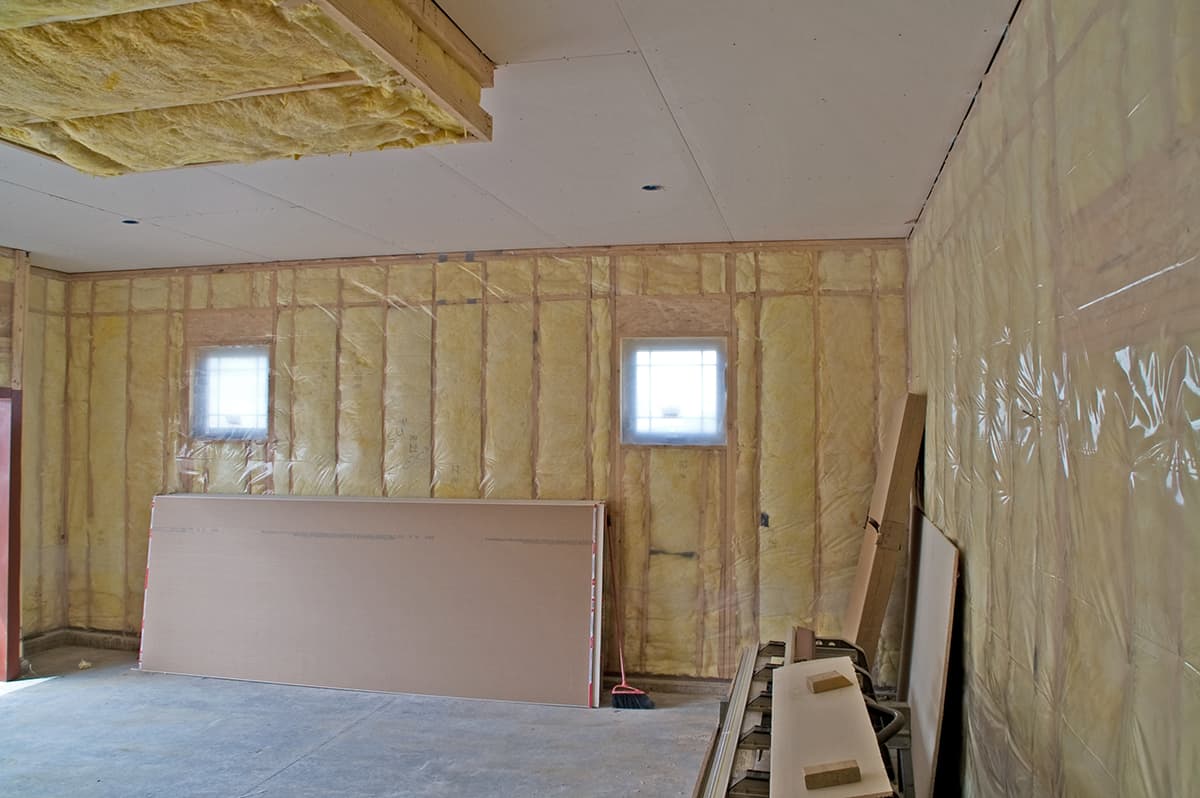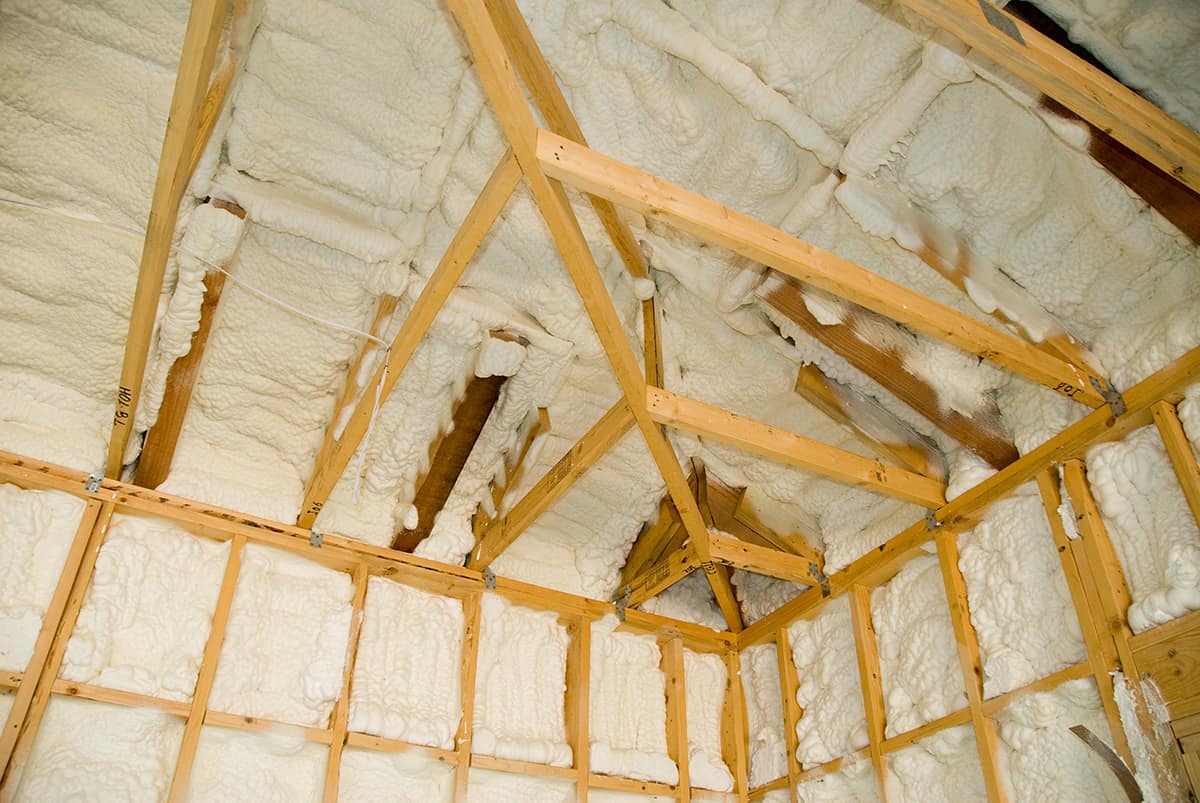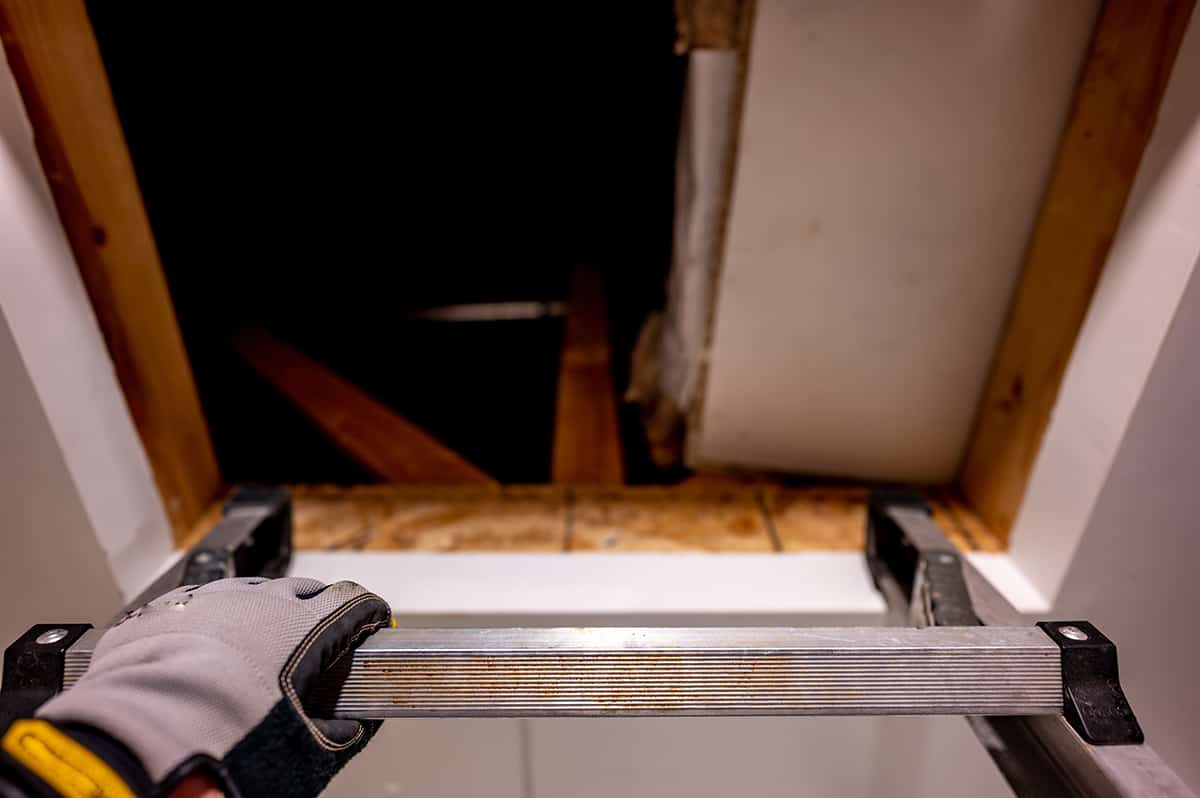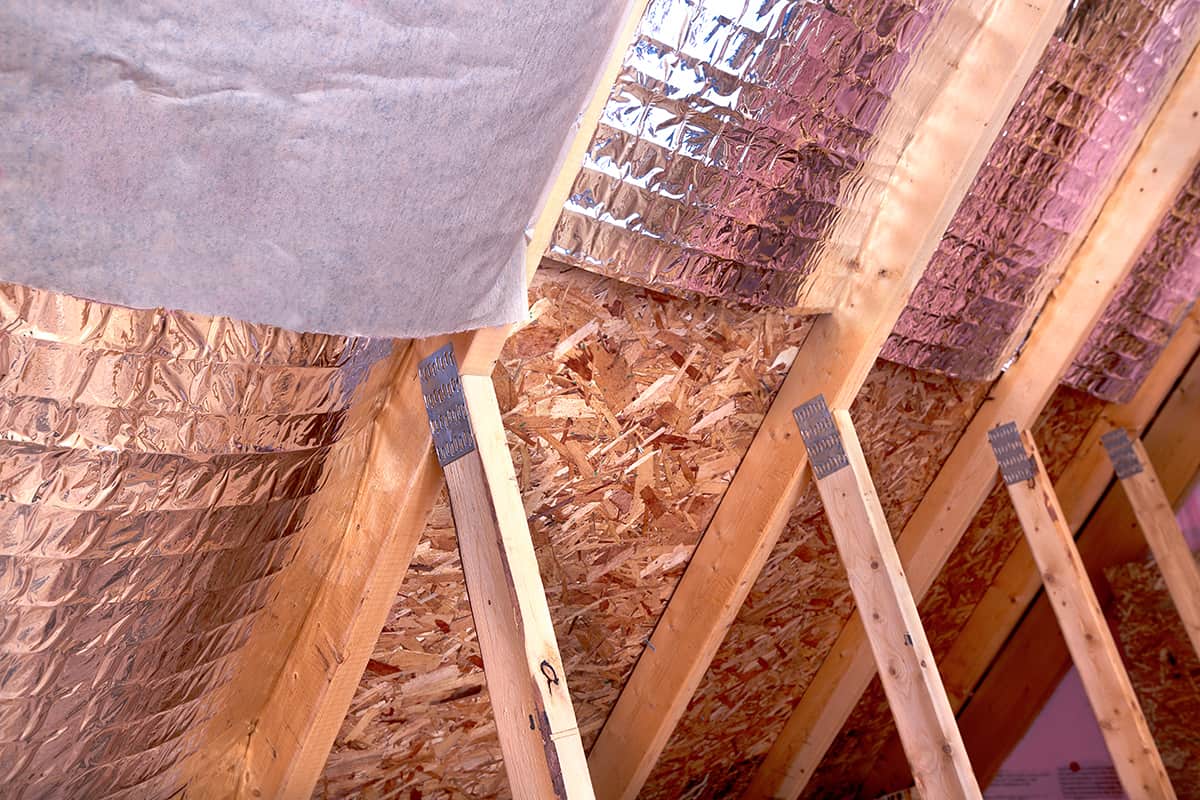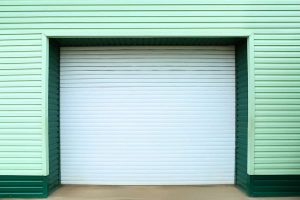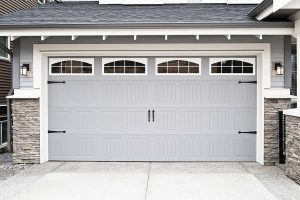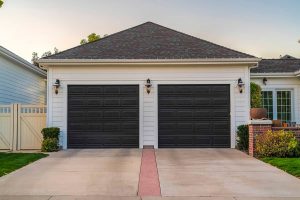If you intend to insulate the garage ceiling, this is the guide for you. We’ll go into explaining why you should insulate your garage ceiling and how to do that.
Should You Insulate Your Garage Ceiling?
There are a few scenarios where it can be beneficial to insulate the ceiling of a garage, where it can make the garage itself more functional, and also save you money on heating or cooling costs at the same time. Scenarios where you should consider insulating your garage ceiling include:
If you will be heating your garage
If you are going to be installing a heating supply in your garage, then this is likely because you plan to spend some time in there during cooler months. Many people decide to use their garage as a workshop for working on their vehicles, completing DIY projects, or as a space to practice hobbies.
If you are going to be heating your garage, then you have probably considered insulating the walls and even the garage door, but insinuating the ceiling is actually the most important part of the structure to insulate.
This is because heat rises, and so any heat produced in your garage will move towards the top of the building, and if the ceiling isn’t well insulated, the heat will escape. This will mean that you have to have your heating on for longer, or set at a higher temperature, in order to maintain a comfortable space.
If you have a room above your garage
If you have an integrated or integral garage, this means that the garage is built into the footprint of your home, and you will have a room or maybe several rooms sitting over the top of the garage. In these types of properties, it is generally a bedroom that is positioned over the garage because bedrooms are the most common types of rooms on the second floor of a home.
You may also have a bathroom or a home office over your garage. If this sounds like your home, then with a garage ceiling that has not been insulated, you will probably have noticed that the room over the garage suffers from more severe temperature fluctuations than the rest of the rooms on that floor.
Rooms situated over a garage will tend to be several degrees colder in the winter and a few degrees hotter in the summer. This is because there is no insulation in the garage ceiling to help contain the air, and so when an unheated garage gets cold in the winter, that cold air works its way up to the room above.
A hot garage in the summer will result in the room above also being hotter, which can make temperatures rise to an uncomfortable level and mean that it becomes harder to cool the room down. By insulating your garage ceiling, the room above will be much less affected by the changing temperatures of the garage and the outside climate.
If you will be noisy in your garage
Insulation is not just to help maintain temperatures; it also works as a sound barrier. If you are in a residential area and plan to use your garage for loud activities, then you may want to consider insulating the garage to avoid upsetting your neighbors.
Insulating the garage will also include insulating the ceiling, helping the sound to stop escaping in all directions.
Benefits of Garage Ceiling Insulation
The main benefits of insulating your garage are the same benefits of insulating any part of your home. These include:
Lower heating and cooling costs
The key reason that most people add insulation to their property is to reduce their heating and cooling bills, and this is no different for garage ceiling insulation. By insulating your garage ceiling, you will be keeping warm air in during colder months and keeping cold air out.
This means that the money you are spending on heating the garage will not be wasted, as the hot air will not be lost. You won’t need to have your heating on as high or as long as usual, resulting in lower heating bills.
The same theory applies in warmer months when insulation keeps cool air in and hot air out. This reduces the need to have air conditioning or other cooling systems running as frequently and will reduce cooling costs.
Maintain temperatures
As well as saving money, insulating a garage ceiling maintains temperatures so that you feel more comfortable in your home. By doing this, you will be able to use your garage more often, and it will become a more functional space.
Reduce sound
Insulation absorbs sound, allowing you to practice the drums or use your circular saw to your heart’s content without worrying that you are disturbing your neighbors.
Increase property value
Homes which have high levels of insulation are more energy-efficient, and therefore are more desirable to prospective buyers. Insulating your garage can increase the market value of your home and also make it more attractive compared to similar properties which are not well insulated.
How to Install Insulation in a Garage Ceiling
The way you proceed with insulating the garage ceiling will depend on whether your ceiling is finished or not. If it is not finished, you can install insulation from the inside and then finish it afterward with drywall. If your ceiling is already finished, you will need to access the ceiling from above, through the attic, to install insulation.
There are two main insulation material options; fiberglass roll or batts and loose-fill blown-in insulation. They are both good options, and the material you choose will depend on the type of installation you prefer. You can use spray foam in addition to these materials to seal small gaps which the other materials won’t block.
Before installing insulation, you must install roof vents into the roof of your garage. This will allow air circulation to prevent moisture build-up and mold growth. You can then use expanding foam to fill any small gaps and holes, with the exception of circulation vents.
Next, if you are using fiberglass rolls on an unfinished ceiling, then you’ll need to find rolls that fit flush between your ceiling joists. Fiberglass rolls or batts are made at standard widths to work with standard joist measurements.
Fix these in by pushing them above the joists and then pulling them back down, so they sit level with the bottom of the joists. When you have covered the entire ceiling, you can install drywall boards on the joists to finish the ceiling so that the insulation cannot be seen.
If you are installing fiberglass rolls in a finished garage ceiling, then you will need to get above ceiling level via the attic and lay down the rolls between the joists. Remember to only stand or sit on the joists and not the drywall because it will not hold an adult’s weight. You could use a piece of plywood over several joists as a place where you can stand to make the process easier and safer.
If you want to use loose-fill fiberglass or cellulose, then you will need a blower to install it. These can be rented from hardware stores. Loose-fill insulation should be installed from above a finished ceiling.
First off, you should use expanding foam or caulk to fill any small gaps in the finished ceiling, as this will prevent the loose-fill from falling down into your garage.
Once complete, you can spray the loose-fill insulation on top of the joists and drywall using the blower. Be sure to protect any wiring, house chimneys, or electrical fittings so that the insulation does not come into contact with them.
You should also install a piece of wood along the edge of the ceiling to use as a depth guide. Blow the insulation around the edges of the ceiling first and work your way into the middle. You can add more layers until you have reached your required depth. Remember to also insulate your attic door with a solid piece of foam afterward.
If you have a room above your garage, then installing insulation in the garage ceiling is easy as long as the ceiling isn’t finished. If the ceiling is finished, then you face the decision of pulling down the ceiling to insulate it from below or pulling up the flooring in the room above to insulate it from above.
Fiberglass Roll Vs. Loose-Fill Insulation
Fiberglass Rolls or Batts
Fiberglass rolls and batts are made up of fluffy fibers. The rolls are rolled up reels of fluffy fibers, while the batts are pre-cut to size. These can be difficult to work with but have the benefit of being suitable for installation on unfinished and finished ceilings.
Loose Fill
Loose-fill insulation will be made from cellulose or fiberglass. Cellulose is predominantly recycled paper, while fiberglass is similar to the fibers used in fiberglass roll.
This type of insulation is much easier to install, but it is only compatible with finished ceilings, which can be accessed from above because the loose fibers need a surface to settle on.
